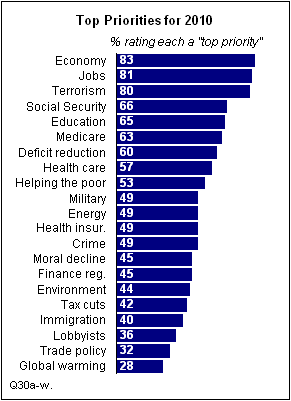Dot Com
Nullius in verba
very informative/influential book written by Racheal Carson about the man-made destruction of the environment. Just as relevant today
NEFSC Feature: Woods Hole Honors Carson
NEFSC Feature: Woods Hole Honors Carson
Rachel Carson was a pioneer woman scientist in the federal government, a respected editor and author, and a tireless advocate for the environment.










